Diagnosis and treatment of lichen sclerosus: an update
- PMID: 23329078
- PMCID: PMC3691475
- DOI: 10.1007/s40257-012-0006-4
Diagnosis and treatment of lichen sclerosus: an update
Abstract
Lichen sclerosus (LS) is a chronic, inflammatory, mucocutaneous disorder of genital and extragenital skin. LS is a debilitating disease, causing itch, pain, dysuria and restriction of micturition, dyspareunia, and significant sexual dysfunction in women and men. Many findings obtained in recent years point more and more towards an autoimmune-induced disease in genetically predisposed patients and further away from an important impact of hormonal factors. Preceding infections may play a provocative part. The role for Borrelia is still controversial. Trauma and an occlusive moist environment may act as precipitating factors. Potent and ultrapotent topical corticosteroids still head the therapeutic armamentarium. Topical calcineurin inhibitors are discussed as alternatives in the treatment of LS in patients who have failed therapy with ultrapotent corticosteroids, or who have a contraindication for the use of corticosteroids. Topical and systemic retinoids may be useful in selected cases. Phototherapy for extragenital LS and photodynamic therapy for genital LS may be therapeutic options in rare cases refractory to the already mentioned treatment. Surgery is restricted to scarring processes leading to functional impairment. In men, circumcision is effective in the majority of cases, but recurrences are well described. Anogenital LS is associated with an increased risk for squamous cell carcinoma of the vulva or penis. This review updates the epidemiology, clinical presentation, histopathology, pathogenesis, and management of LS of the female and male genitals and extragenital LS in adults and children.
Figures
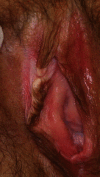
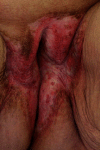
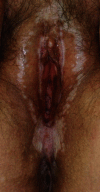
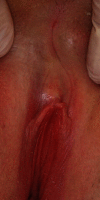
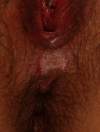
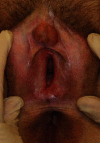
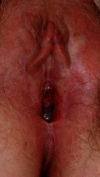

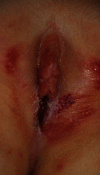

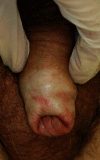

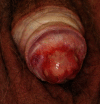
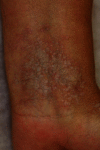



References
-
- Wallace HJ. Lichen sclerosus et atrophicus. Trans St Johns Hosp Dermatol Soc. 1971;57:9–30. - PubMed
-
- Brown AR, Dunlap CL, Bussard DA, et al. Lichen sclerosus et atrophicus of the oral cavity: report of two cases. Oral Surg Oral Med Oral Pathol Oral Radiol Endod. 1997;84:165–170. - PubMed
-
- Jensen T, Worsaae N, Melgaard B. Oral lichen sclerosus et atrophicus: a case report. Oral Surg Oral Med Oral Pathol Oral Radiol Endod. 2002;94:702–706. - PubMed
-
- Azevedo RS, Romañach MJ, de Almeida OP, et al. Lichen sclerosus of the oral mucosa: clinicopathological features of six cases. Int J Oral Maxillofac Surg. 2009;38:855–860. - PubMed
-
- Neill SM, Lewis FM, Tatnall FM, et al. British Association of Dermatologists’ guidelines for the management of lichen sclerosus 2010. Br J Dermatol. 2010;163:672–682. - PubMed
Publication types
MeSH terms
Substances
LinkOut - more resources
Full Text Sources
Research Materials

